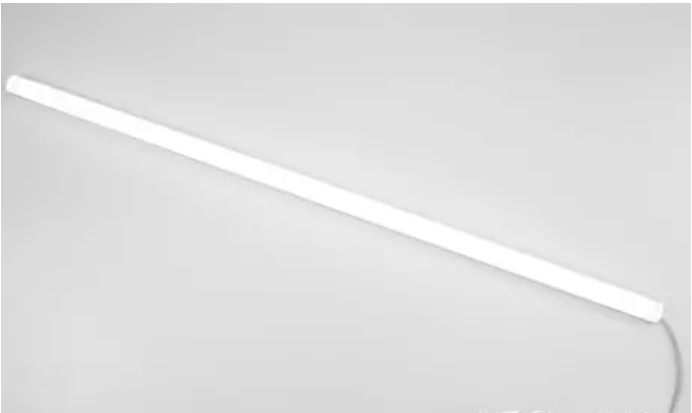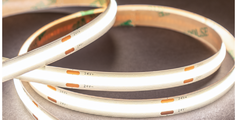The composition of LED light strips
LED light strips are now one of the lamps we often use. This article mainly explains the main components of commonly used light strips and how to identify high-quality light strip products.
High voltage light strip
The composition of high-voltage light strips
The so-called high-voltage light strips are light strips whose input is 220V mains power. Of course, you cannot directly connect it to AC 220V. You also need to connect a power plug, as shown below.
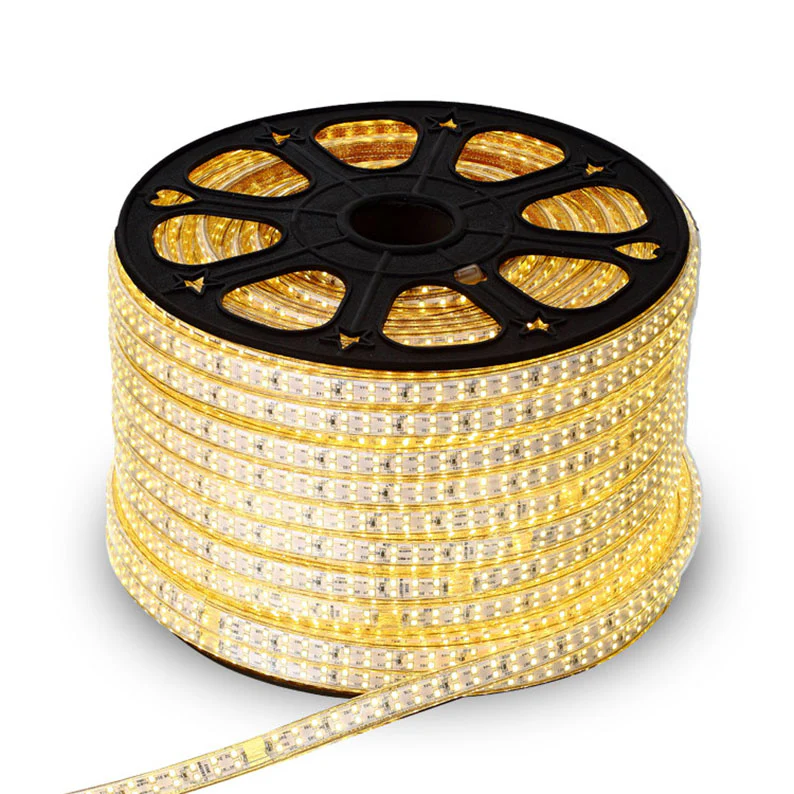
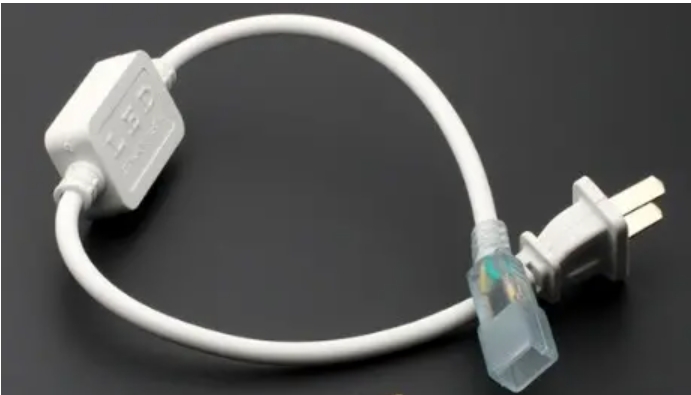
The structure inside this power supply head is extremely simple. It is a rectifier bridge stack that rectifies AC mains power into non-standard DC power. LED is a semiconductor and requires direct current.
1. Flexible lamp bead board
The most important part is to attach an appropriate number of LED chip beads and current-limiting resistors to the flexible circuit board.
We know that the voltage of a single LED lamp bead is between 3-5V; then if more than 60 lamp beads are strung together, the voltage can reach about 200V, which is close to the mains voltage of 220V, plus the resistor current limiting , the LED lamp bead board can work normally after being connected to the rectified AC power.
More than 60 (of course there are 120 or 240, just connected in parallel) lamp beads are strung together, and the length is close to one meter. Therefore, high-voltage light strips are generally cut into one-meter sections.
The quality requirement for flexible circuit boards is to ensure the current load of a single string of light strips within one meter. Since the current of a single string is generally at the milliamp level, the copper thickness requirements for high-voltage flexible boards do not need to be very high, and single-layer single panels are more commonly used.
2. Wires
What connects every meter of light strip is a wire. When the wire is running high-voltage DC, the voltage drop is very small compared to the 12V or 24V low-voltage lamp. This is why high-voltage light strips can be rolled up to 50 meters or even 100 meters. The wires embedded on both sides of the high-voltage lamp strip transmit high-voltage power to each string of flexible lamp bead boards.
The quality of the wire is very important for the entire high-voltage light strip. Generally, the wires of high-quality high-voltage lamp strips are made of copper wire, and the cross-sectional area will be relatively thick, which is sufficient compared to the total power of the high-voltage lamp strip.
However, cheap and low-quality high-voltage light strips will not use copper wires, but copper-clad aluminum wires, or directly aluminum wires, or even iron wires. The brightness and power of this kind of light strip are naturally not very high, and the chance of the wires being burned out due to overload is also quite high. We advise everyone to avoid buying this type of light strip.
3. Potting glue
The wires of high-voltage lamp strips run on high-voltage electricity, which may be dangerous if encountered, so the insulation must be done well. The general approach is to encapsulate transparent PVC plastic.
This kind of plastic has good light transmission, light weight, good plasticity, and good insulation and thermal insulation properties. With this layer of protection, high-voltage light strips can be used safely, and can even be used outdoors, no matter the wind or rain.
Knock on the blackboard! Here’s a little trivia: Because the performance issues of transparent PVC plastic are not air after all, there will definitely be attenuation of the brightness of the light strips. This is not the problem. The difficulty is that it also affects the correlated color temperature of the light strip, which is a headache-inducing color temperature drift. Generally speaking, it will drift higher by 200-300K. For example: If you use a lamp bead board with a color temperature of 2700K, the color temperature after potting may reach 3000K. If you make it with a color temperature of 6500K, it will reach 6800K or 7000K after potting.
4. New constant current chip high voltage light strip
With the rapid development of LED drivers and integrated circuits, high-voltage constant current ICs have been used in high-voltage LED light strips.
What is an IC? It means integrated circuit. Generally speaking, they are small rectangular black blocks with 4-8 pins on them (there are also 16 and 32 pins. It can be considered that the more pins, the more powerful the function. How about counting how many pins your computer CPU has? ).
With the help of these ICs, high-voltage light strips have become much more stable. Even if the mains power is unstable, such as high peak voltage, grid pollution, etc., the LED light strip can still work normally. Moreover, the emergence of high-voltage LED lamp beads (SMD lamp beads with a voltage drop greater than 3-5V at both ends, which are actually nothing more than multiple lamp bead chips connected in series on a lamp bead package) can also make high-voltage lamp strips not limited to Cut out one meter at a time. Nowadays, there are also high-voltage light strips that can be cut into 10cm length.
How to identify good quality high voltage light strips?
Judging from the material:
Use good quality lamp beads, resistors, and flexible boards with thick copper skin. How to identify high-quality LED lamp beads? This can be discussed in another article.
Pure copper wires are used, and the wire cross-section is large. Try not to choose copper-clad aluminum, or even aluminum or iron wire. How to tell if it is copper wire? You can also refer to another article.
When looking at the potting glue, it requires high transparency, good softness, uniform potting, and no odor.
The power head using a large chip bridge stack is less likely to burn out the lamp beads. Because the bridge stack has a current limit, such as 4A, 6A. If a small-chip bridge stack is used, overcurrent will easily result in burning out the power inlet.
When using, try not to fold the light strip repeatedly. Folding the light strip not only prevents the heat from dissipating from the light strip, but can also easily cause the high-voltage line to deform or the lamp bead pad on the flexible plate to fall off, causing the light strip to not light up or burn out.
Distinguish from the optical parameters and power:
The larger the LED chip, the larger the margin left when using the lamp beads, the better the light effect will be and the service life will be longer.
Regarding light parameters, a good light strip needs to have the following items:
High luminous flux, preferably high light efficiency. Light efficiency is the amount of luminous flux produced per unit of power consumption. High luminous flux can be achieved by increasing the unit power of the lamp bead, but to ensure high luminous efficiency at the same time, the lamp bead chip must be a large chip to have the best of both worlds.
It has accurate, stable correlated color temperature and low color tolerance. This will make the light strip look very uniform in color and brightness.
Have a high color rendering index, such as 80 or above 90. The color rendering index is the fraction that restores the original color of an object. 100 means 100% restoration of the color of objects under the sun. Of course, light strips that are only used for backlight atmosphere effects do not require a high color rendering index, but as much luminous flux as possible. Because color rendering index and luminous flux are generally inversely proportional.
low voltage light strip
Types of low voltage light strips
Low-voltage light strips are mainly the flexible lamp bead boards mentioned in high-voltage light strips, and are matched with different external materials to form many different types, including the following:
Bare board. Generally, double-sided adhesive tape is affixed to the back of the lamp bead board so that it can be easily fixed on the surface of various installation materials.
Glue. Apply soft silicone on the front of the lamp bead board, and still apply double-sided adhesive tape on the back. This kind of epoxy light strip has slightly higher protection for the circuit and lamp beads than the bare board.
Glue. Similar to the method of high-voltage lamp strips, the bare lamp bead boards are potted with resin or transparent PVC plastic on the top, bottom, left and right. In this way, it can achieve a good level of protection and can be used outdoors.
casing. Cover the bare board light strip with a rectangular transparent silicone sleeve, and seal the plugs on both sides with silicone. Because silicone has superior properties compared to resin and PVC: more temperature-resistant, more stable, excellent resilience, less deformation, high insulation, etc. Moreover, the sealed casing light strip can also be used in outdoor scenes, and even has an IP67 protection level.
Silica gel. Similar to a sleeve, but wrapped in thicker two-color silicone. White silicone is used to cover the circuit board, giving it a more beautiful appearance. Milky white silica gel is used to transmit light. This kind of light transmission can soften the individual LED lights and form a coherent light strip. It also has all the excellent features of the sleeve light strip, so it is of the best quality. One of the light strips.
Hard light strip. Generally speaking, there are two types of hard light strips. One is that the material itself is not a flexible board, but a fiberglass board or an aluminum substrate. Therefore, it does not have the free bending function of flexible boards and is generally used in straight-line usage scenarios. The other is to stick the bare board of the flexible light strip onto the aluminum profile, and usually it is also equipped with a soft light PC cover to achieve a more uniform and softer light effect.
Bare board with adhesive backing light strip
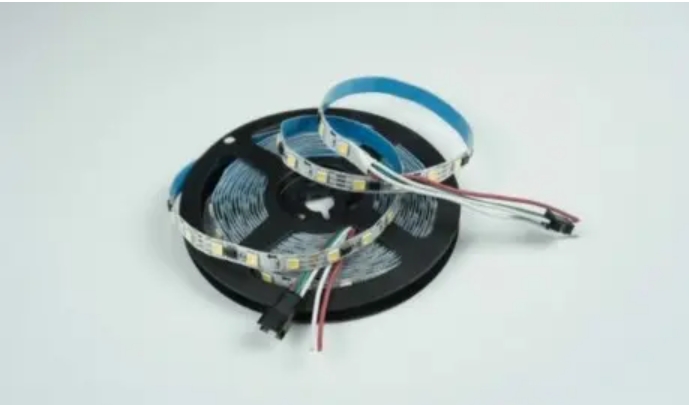
Silicone light strip
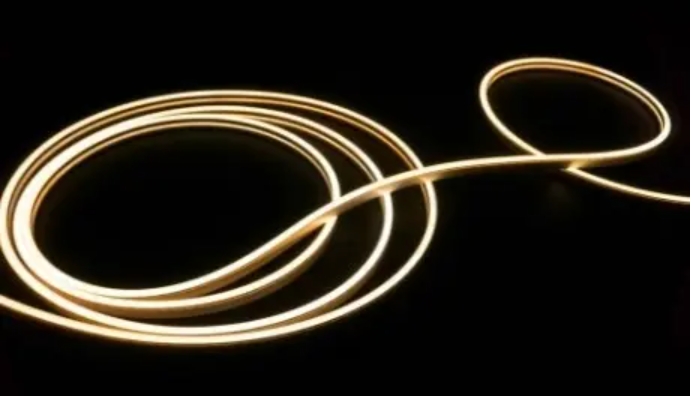
Light panels of various rigid materials
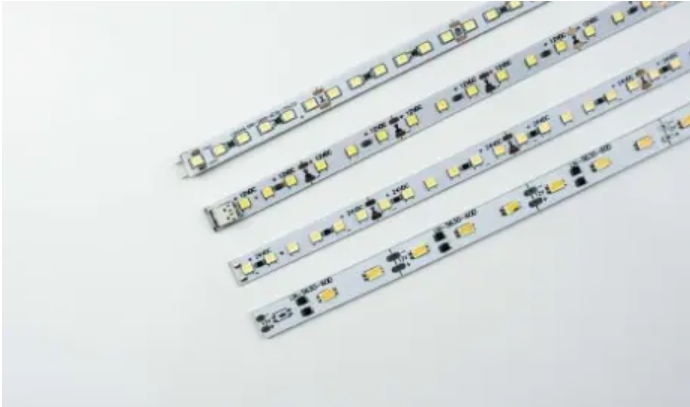
Aluminum profile hard light strip with diffuser
